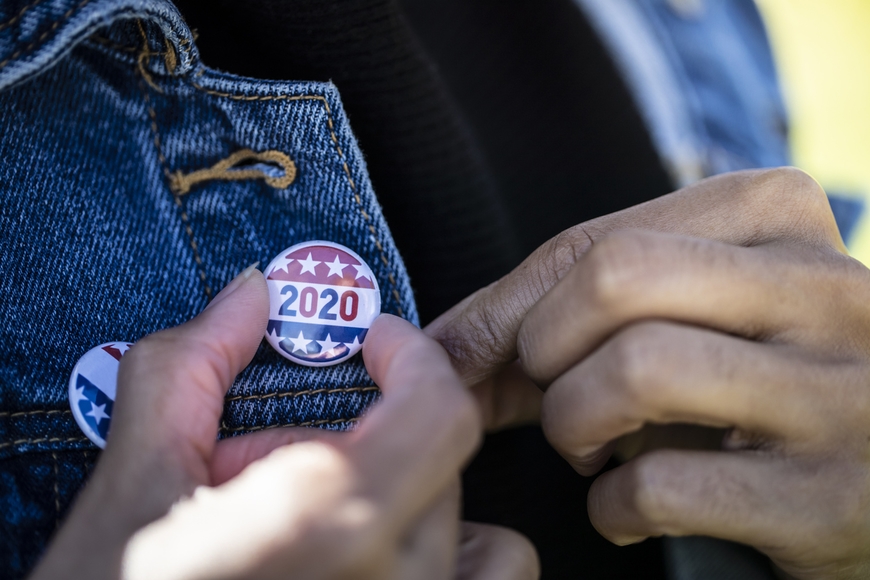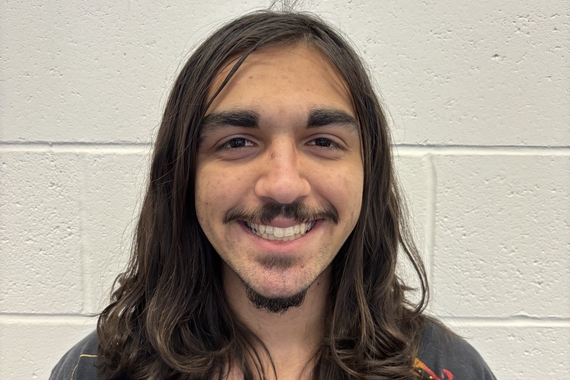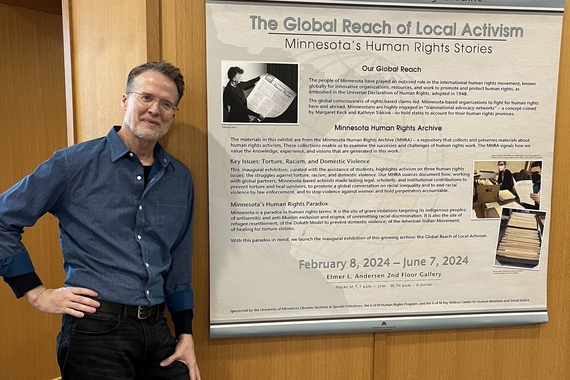Student Op-Ed: Voter Suppression
As mentioned in our previous student joint statement, the right to vote is central to a healthy democracy, recognized by the United Nations, and enshrined in the U.S. Constitution (read more here). However, while under the current constitution all U.S. citizens have the right to vote, this right has been far from universal throughout the majority of American history. Due to issues of voter suppression, many are denied this right today. In a year unlike any other, marked by a devastating pandemic that has claimed the lives of more than 200,000 Americans, in which absentee voting, voter fraud, and issues of voter intimidation consistently make headlines, conversations surrounding the right to vote and voter disenfranchisement are of central importance. This election provides an important and valuable opportunity to investigate and condemn the state of voter suppression in American today and the danger it poses to our democracy.
Voter suppression is not unique to the 21st century. After the Civil War, when black Americans gained the right to vote, obstacles such as poll taxes and literacy tests were erected in many southern states, effectively denying these people their right to vote in free and fair elections. Until 1920, women were excluded from voting on the basis of sex.
The Voting Rights Act of 1965, passed in the wake of the work done by civil rights activists, can be seen as somewhat of a turning point in the history of voter suppression. With its reduction of the voting age from 21 to 18 in the 1970s and the enshrinement of voting rights for people with disabilities and of language minorities in the 1980s, this law increased the population of eligible voters and made voting more accessible. The National Voter Registration Act, or “motor voter law”, furthered the expansion of the voting population in 1993, requiring states to allow people to register to vote when obtaining or renewing their drivers’ license.
Until 2013, the Voting Rights Act, while not unchallenged, remained intact. However, with the Supreme Court’s ruling in Shelby County vs Holder, which declared Section Four of the Voting Rights Act as unconstitutional, states were no longer obligated to seek federal approval for any changes made in their voting laws or procedures. Those states that had been involved in voter suppression were given permission to resume their mission to restrict voting. Voter identification laws, the purging of voter rolls, and felony disenfranchisement are all practices that contribute to widespread voter suppression today.
Voter identification laws, largely considered to be discriminatory against low-income people and racial minorities, have been estimated by the U.S. Government Accountability Office to reduce voter turnout by 2-3 percentage points, translating to tens of thousands of votes lost in a single state. Over 21 million US citizens lack government-issued identification; nationally, up to 25% of black citizens of voting age lack government-issued photo ID, compared to only 8% of whites. Due to the cost of IDs themselves and those incurred in their obtainment, individuals from lower socioeconomic groups are disproportionately impacted by voter identification laws.
The purging of voter rolls is another way in which many eligible voters are suppressed. Voter rolls are the official lists of citizens who are eligible to vote in a given area. Purging voter rolls involves challenging the legality of an individual’s registration with the express purpose of removing them from the voter rolls so they will not be able to vote on election day. This practice is one that has increased in recent years. Between 2014 and 2016, states removed almost 16 million voters from the rolls; almost 4 million more names were purged from the rolls between 2014 and 2016 than between 2006 and 2008-- an increase of 33 percent. Importantly, historically discriminatory jurisdictions had significantly higher purge rates than those lacking this history; voter suppression became more severe in areas already heavily affected by this practice.
Felony disenfranchisement contributes to the disenfranchisment of voters as well and has racially marked consequences. In forty-eight states and the District of Columbia, criminal disenfranchisement laws deny the right to vote to all convicted adults in prison. Thirty-five states also disenfranchise felons on parole; thirty-one disenfranchise those on probation; four states bar ex-offenders who have fully served their sentences from voting. This massive disenfranchisement has stripped no less than 5.85 million Americans from voting; 2.2 million of whom are black. Thanks to the systemic racism characteristic of the criminal justice system in the U.S. and the disenfranchisement of those convicted of crimes, nearly eight percent of African American men are disenfranchised; in three states – Florida, Kentucky, and Virginia – more than one in five African Americans is disenfranchised. The racial disparities in felony disenfranchisement are so severe they are recognized by the United Nations.
Along with voter suppression comes the issue of gerrymandering. The 2020 census and the information it will provide on the demographics of the U.S. population has brought this issue to the forefront of conversations surrounding fair voting, as new technology and updated information on voting districts will make partisan gerrymandering easier for officials to carry out. When done “successfully”, gerrymandering fundamentally undermines the representative principles of democracy, as it makes it possible for a candidate to win, even if they lack the support of the majority of the population they are to represent. For example, after the 2018 midterm elections, in North Carolina, Michigan, Pennsylvania, and Wisconsin, the party that won a majority of state legislative seats in each state received only a minority of the total statewide votes.
There exist many organizations in the U.S. and Minnesota that have adopted as their mission the identification and combatance of voter suppression. In Minnesota, the Minnesota Council on Foundations (MCF) advocates for a more inclusive and equitable Minnesota by eliminating disparities and strengthening democratic systems and civic engagement through such initiatives as the protection of voting rights. In working towards their goal of protecting and expanding the pool of eligible voters, MCF promotes reforms such as automatic voter registration and the restoration of voting rights to felons who are no longer incarcerated. Election Protection is a national organization with locations spanning the U.S. whose goal is to protect Americans’ right to vote. Through informative campaigns and supporting voters from the registration process to election day, this nonpartisan organization furthers our historical project of fostering a vibrant democratic nation.
Voter suppression in America continues to play a fundamental role in shaping our democracy and prolongs the shameful tradition of disempowering people belonging to marginalized groups. A government by the people and for the people cannot be legitimate if many of those people are prohibited from making their voices heard and barred from participating in public life. It is critical that conversations surrounding issues such as voter suppression extend beyond this election; should we truly want to pursue greatness in America, it is crucial that this mission is undertaken in a just way, in which all voices are heard and respected.



